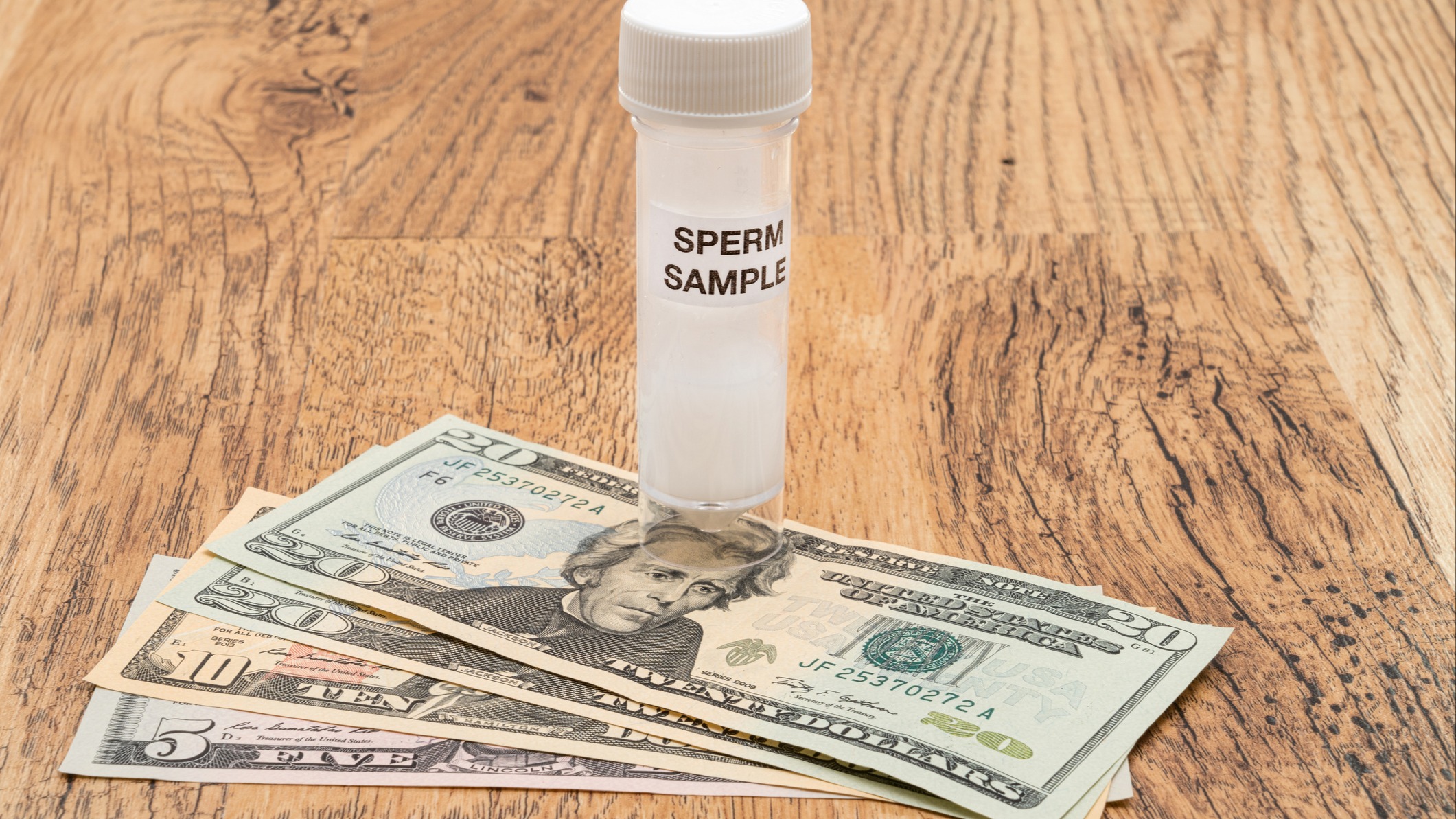
When donating sperm, it's unlikely that one would be thinking of all the children they'd be able to produce. This was the case for Dylan Stone-Miller, an undergrad at Georgia State University in 2011 who then began donating sperm in order to receive some extra cash.
A broke college student who just needed some money, Dylan estimates that he visited the Atlanta sperm bank Xytex about 400 times over five years, receiving $100 per donation, which would put him at having earned around $40,000. He was told that his sperm would be used on no more than 40 families. But years later, to his surprise, Dylan has discovered 97 children who were conceived with his sperm.
The first discovery happened in 2020. Dylan was starting a new job at a software engineering firm when he received a message on Instagram. A woman who conceived a daughter with his donated sperm nine years back managed to track him down in order to thank him. From there, Dylan couldn't help but fall down the rabbit-hole of going through hundreds of photos of his biological daughter on the woman's Instagram profile.
“Seeing this little girl’s beautiful face just filled me with so much joy, love and gratitude,” he said. “I had to fight to hold back the tears.” As time went on, Dylan learned of more and more women who had used his sperm to conceive. By using his donor number, they found each another online and formed a Facebook group to stay in touch.
More From LittleThings: A Biological Father Donated Sperm To His Lesbian Friend And Now His Girlfriend Is Jealous
Per his last count, Dylan knows that he has at least 97 biological children, all living in six different countries. But apparently, the real number could be more than 250. “But typically only about 40 percent of recipient parents report their birth back to the sperm bank, so I anticipate there being around 150 families and more than 250 children," he explained.
Dylan soon decided that he wanted to meet his biological children before they turned 18, for the families that would allow it. “I know how inquisitive children are and how important it is to answer their questions, especially ones about where they came from,” he says, from a stance of helping to raise his ex-wife's son. In 2021, he began meeting his children.
By now, he's had the opportunity to get to know 26 of his children after making the decision to take some time away from his job and go on a cross-country road trip. Dylan says that he connects with the parents online “and then we figure out if we want to meet in person,” he says. “It’s not like strangers meeting. It’s like online friends becoming friends with a mutual lifelong commitment.”
Now, Dylan spends his time advocating and pushing for legal limits on the number of pregnancies that can come from one sperm donor. He also hopes to change the ways the sperm donor industry treats people like him and the families of the recipient.
"Awesome time with some of the donor-conceived community protesting @asrm_org with @laurahigh5 and dozens of other awesome DCP this past weekend. So many profound stories," he shared in a post last October. "This visual representation of the greed of the sperm banks reached a lot of industry insiders this weekend. The purple are the reported births, with the ones with letters being ones I’m connected to in some way. The red is the estimated number of children born using my donated sperm."
"Each of them is a human being. I love them all, and wish I could be there for them more, but can’t because the industry didn’t stick to the limit I agreed to," the post continued. "It’s been a hard couple of months for me, so I’ll leave you with a gentle reminder: You are not your biography. You are much more than that. You are worthy of love and nurturance beyond this part of your identity. Nurture something that is uniquely you today and everyday."




